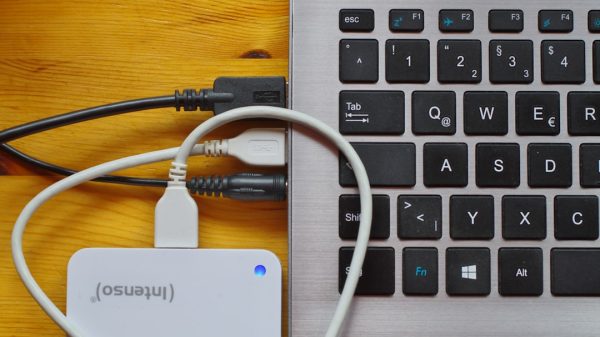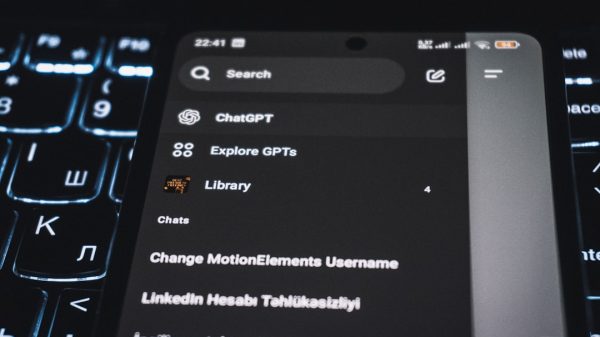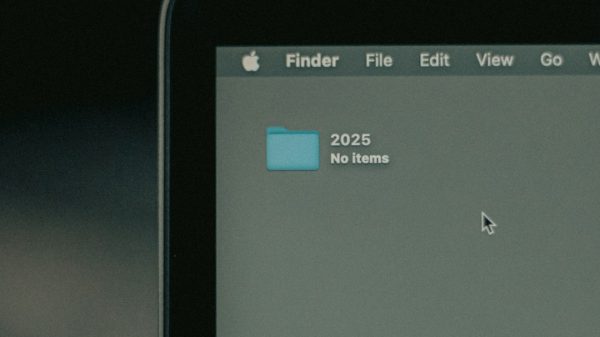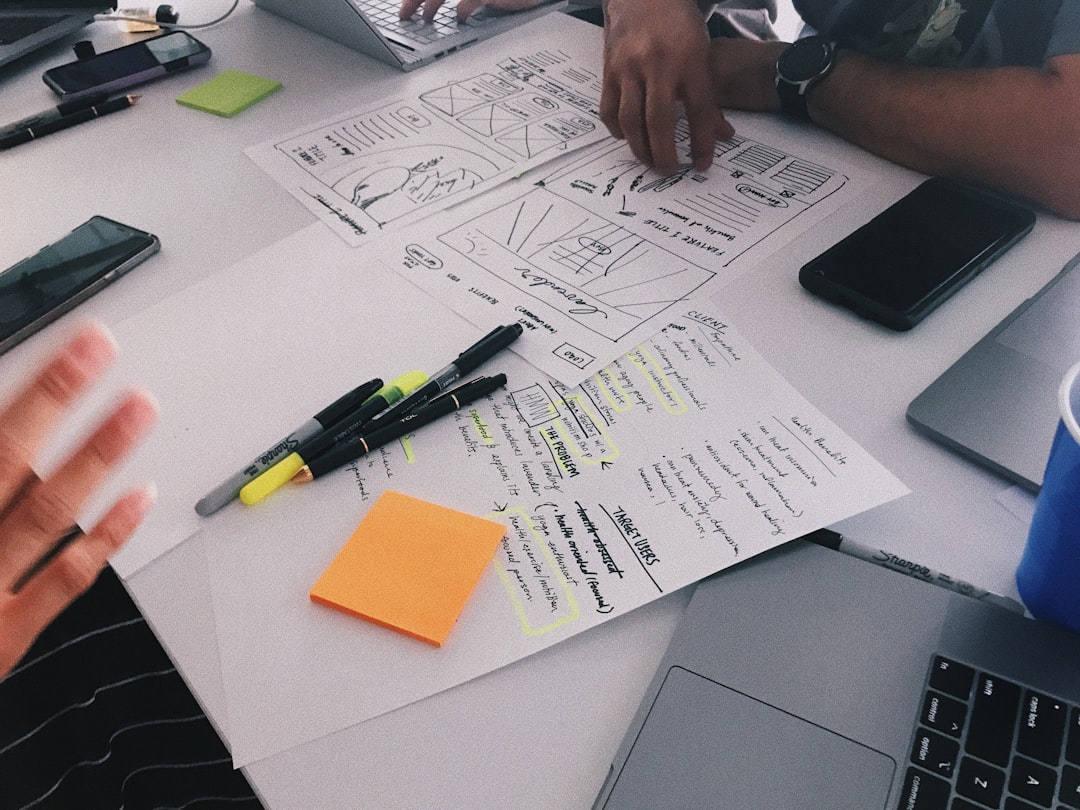Designing and launching a website used to be a task reserved for skilled developers and designers who could code from scratch, manage server infrastructure, and agonize over aesthetic choices for hours. Today, thanks to advances in artificial intelligence (AI), this process has become faster, cheaper, and far more accessible. Whether you’re a small business owner, an artist, or just someone looking to establish an online presence, AI-powered tools can help you build a stunning website with minimal effort.
Why Use AI for Website Creation?
Artificial intelligence is revolutionizing how we create digital content. When applied to website development, AI streamlines tasks such as:
- Design Aesthetics: AI can recommend effective color schemes, layout options, and typography.
- Content Generation: Tools can write web copy, blog posts, and even product descriptions.
- User Experience: AI can optimize interfaces based on user behavior analytics.
- SEO Optimization: Smart algorithms can help you structure your site and its content for higher rankings on search engines.
These intelligent systems dramatically save time and resources, making them ideal for users with limited technical experience.
Step 1: Planning the Structure with AI
Before diving into visuals, you’ll need to map out what your website is about and what sections it needs. AI can assist here by generating a site map based on your goals. For instance, if you’re building a portfolio site, AI tools can suggest suitable pages like:
- Homepage
- About Me
- Portfolio/Gallery
- Testimonials
- Contact
Certain AI-driven platforms take it even further, offering templates tailored to your industry. Simply enter a few details about your brand or project, and the system proposes an entire site layout, complete with on-brand styling and pre-written content blocks.

Step 2: Generating Design with AI
This is where AI truly shines. Design assistance tools use trained algorithms to generate layouts that are both beautiful and functional. Based on your preferences, the system can auto-create a theme that adapts to mobile devices, aligns with your brand colors, and includes interactive elements like buttons and image carousels.
Popular no-code platforms like Wix with Wix ADI (Artificial Design Intelligence), Zyro, and Bookmark allow users to build sites just by answering a few questions. The AI then produces a complete website you can publish immediately or customize further.
More advanced AI design tools even use heat map prediction—analyzing where users are likely to focus on your website—to suggest better arrangement of elements.
Step 3: Content Creation Made Easy
Content is king, and AI can wear the crown. With the help of natural language processing models like ChatGPT, Jasper, and Copy.ai, writing headlines, product descriptions, and blog posts becomes a breeze.
- Homepage Content: Generate your value proposition and business description instantly.
- About Page: Let AI summarize your career or company story in a concise, engaging format.
- Blog Ideas: Get suggestions for trending blog topics and even outlines for writing them.
For visual content, some AI systems can prompt royalty-free image suggestions or even generate images on the spot. Pairing AI-generated text with custom visuals ensures a cohesive and professional look throughout the site.

Step 4: Integrating Functionalities with AI Assistants
Modern websites are more than just static pages—they often require functionality such as form processing, scheduling, live chat, and eCommerce features. AI tools can help implement all of these:
- Chatbots: AI chat solutions like Tidio or ChatGPT API integration provide round-the-clock support for customer queries.
- Online Forms: Some AI tools automatically create optimized forms based on your industry and goals, reducing friction during user sign-ups or inquiries.
- Recommendation Engines: E-commerce sites can boost conversions with AI-powered product suggestions tailored to each user’s behavior.
This level of automation means that even small businesses can enjoy features that were once only accessible to enterprise-level websites.
Step 5: SEO and Performance Optimization
AI can optimize both your site’s content and infrastructure for search engines. Here’s how it helps:
- Keyword Suggestions: Tools like SurferSEO or Clearscope recommend high-performing keywords to include in your pages and posts.
- Meta Data Creation: AI generates optimized meta titles and descriptions tailored to your keyword strategy.
- Page Speed Improvements: Several platforms use AI to compress images, minimize code bloat, and accelerate page loading.
Some AI-based SEO platforms offer real-time audits and provide actionable tips to improve your site’s ranking across major search engines.
Step 6: Launching Your AI-Powered Website
Once you’ve finalized your design and content, it’s time to set your website live. Many AI-powered platforms streamline this to a simple “Publish” button. They also handle domain setup, hosting, and security configurations automatically.
If you’re using a dedicated AI website builder, chances are it will also include additional tools for:
- Connecting branded email addresses
- Tracking site analytics
- Managing SEO settings
After launch, continue leveraging AI for regular content updates, blog writing, and performance tracking. Consistent improvement is the key to maintaining relevance and growing your audience.
Best AI Tools for Different Stages
Here’s a quick list of top tools and platforms you might consider:
- Design: Wix ADI, Bookmark, Zyro
- Content Creation: Jasper, ChatGPT, Copy.ai
- SEO Optimization: SurferSEO, Clearscope, RankIQ
- Functionality & Automation: Tidio, ManyChat, Zapier
Each of these tools is designed to reduce the manual labor associated with building and maintaining websites, making the process efficient and beginner-friendly.
Tips to Maximize AI’s Potential
To get the most out of AI while building your website, keep these tips in mind:
- Provide clear prompts: Better input leads to more accurate AI output. The more specific you are, the better results you’ll get.
- Edit where needed: AI is impressive, but still benefits from human oversight to fine-tune emotion, tone, and context.
- Focus on User Experience: Don’t let automation override usability. Ensure that what the AI builds is intuitive and useful to your audience.
The Future of AI in Web Development
As AI technology evolves, it’s likely we’ll see even more dynamic and anticipatory website systems—one where smart assistants not only build your site but adapt it in real time based on user engagement, trends, and performance data.
The future isn’t about replacing creativity or intuition, but rather enhancing it. By taking over repetitive tasks, AI allows creators to focus more on strategy, storytelling, and meaningful connection.
Conclusion: Creating a website no longer requires a full development team or weeks of planning. With the right combination of AI tools, anyone can design, build, and launch a professional-quality website tailored to their goals. Embrace the power of AI and unlock your digital presence effortlessly.


































